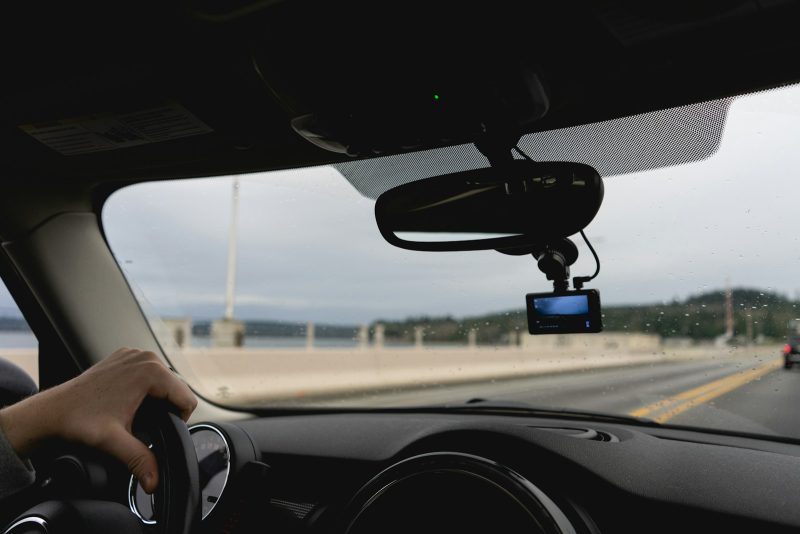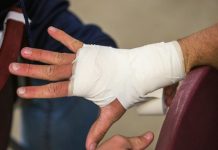Motorcycle accidents often lead to disputes over fault, making it difficult for riders to secure fair compensation. Video evidence from dashcams and helmet cams can provide crucial proof of what really happened on the road. If you’ve been injured in a crash, working with an experienced motorcycle accident lawyer in New Jersey can help you use this footage to support your claim.
The Power of Video Evidence in Motorcycle Accident Claims
When an accident occurs, proving fault can be challenging, especially since insurance companies and opposing attorneys often try to shift the blame onto the motorcyclist. Without solid evidence, it becomes your word against the other drivers. Dashcam and helmet cam footage can capture key details like sudden lane changes, traffic violations, and reckless driving behaviors that might otherwise be disputed. It also provides a real-time record of road conditions, traffic signals, and weather at the time of the crash, making it easier to prove negligence.
Eyewitness testimony can be unreliable, but video footage presents an unbiased account of the accident. A clear recording can show that you were following traffic laws and that the other driver was at fault, strengthening your claim for compensation.
Dashcams vs. Helmet Cams: Which One Works Best?
Both dashcams and helmet cams offer unique advantages. Dashcams are mounted on your bike, providing a steady, wide-angle view of the road. They are particularly useful for capturing reckless drivers, sudden stops, and dangerous road conditions. Helmet cams, on the other hand, record from the rider’s perspective, showing what you saw before the accident and how you reacted. This can be crucial in proving that you tried to avoid the collision.
For the best protection, many riders choose to use both. A dashcam ensures a stable recording of everything happening ahead, while a helmet cam captures your viewpoint, adding an extra layer of evidence.
How Video Footage Can Strengthen Your Case
In a personal injury claim, proving negligence is key to securing compensation. Video footage can clearly establish that you were riding safely and that the accident was caused by another driver’s mistake, such as running a red light, making an illegal turn, or texting while driving. It can also document road hazards, such as potholes or debris, which may indicate government or municipal liability.
Insurance adjusters and courts often view video evidence as more credible than personal statements. Instead of relying on conflicting testimonies, video provides an objective record that can help resolve disputes more quickly. According to the National Highway Traffic Safety Administration (NHTSA), motorcycle accidents frequently involve fault disputes, making video evidence particularly valuable for riders.
Can Dashcams Speed Up Your Claim?
Yes. Clear video footage can lead to a faster claims process because it removes much of the uncertainty surrounding the fault. Insurance companies are less likely to delay or deny claims when presented with undeniable proof of negligence. Without video evidence, they may try to argue that you contributed to the accident, which could reduce your settlement or even prevent you from recovering damages.
A motorcycle accident lawyer in New Jersey can help you submit the footage properly and ensure that insurance adjusters don’t misinterpret or manipulate the evidence against you.
Are Dashcams and Helmet Cams Admissible in Court?
In most cases, yes. Video evidence is generally admissible in court as long as it meets legal standards. The footage should be clear, unaltered, and time-stamped to verify when the accident occurred. It must also be obtained legally—recording in public spaces is usually permitted, but some states have restrictions on audio recording.
If your case goes to court, your attorney can determine how to present the footage effectively. Video evidence can be a powerful tool in settlement negotiations, often leading to a resolution without the need for a lengthy trial.
What If You Don’t Have a Dashcam or Helmet Cam?
If you weren’t recording at the time of the accident, there are still ways to strengthen your case. Nearby traffic or security cameras may have captured the crash, and witnesses might have recorded it on their phones. Taking immediate photos of the accident scene, vehicle damage, skid marks, and road conditions can also help support your claim.
While video footage provides the strongest evidence, gathering other forms of documentation can still be effective in proving liability and securing fair compensation.
Choosing the Right Dashcam or Helmet Cam
If you’re considering investing in a dashcam or helmet cam, look for models with high-definition (HD) video quality to ensure clear recordings. A wide-angle lens can capture more of your surroundings, while loop recording automatically replaces old footage with new recordings, so you never run out of storage. Some cameras also come with G-shock sensors that detect accidents and automatically save the footage.
A review by Consumer Reports highlights how dashcams have become essential for proving fault in vehicle accidents, making them a worthwhile investment for motorcyclists.
Conclusion
Dashcams and helmet cams provide undeniable proof that can strengthen your motorcycle accident claim. They help establish fault, speed up the claims process, and protect you from false accusations. If you’ve been injured in a crash, consulting with a motorcycle accident lawyer in New Jersey can ensure your video evidence is used effectively to secure the compensation you deserve.








